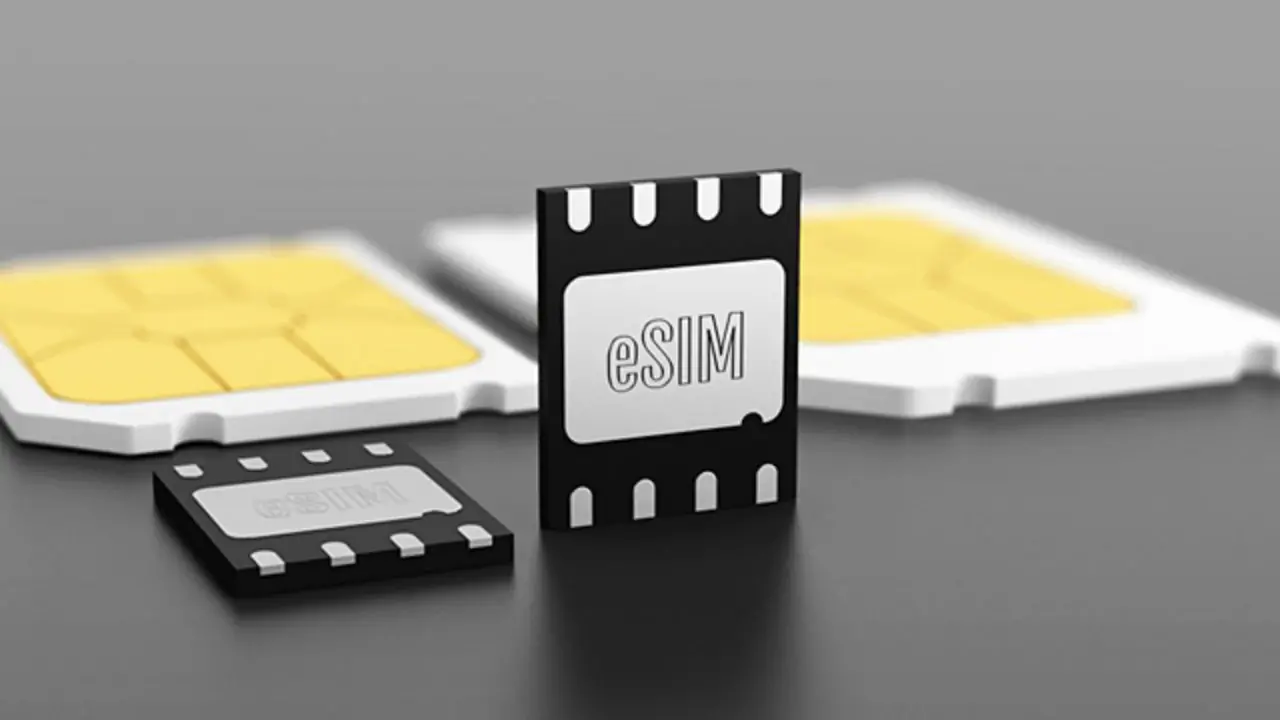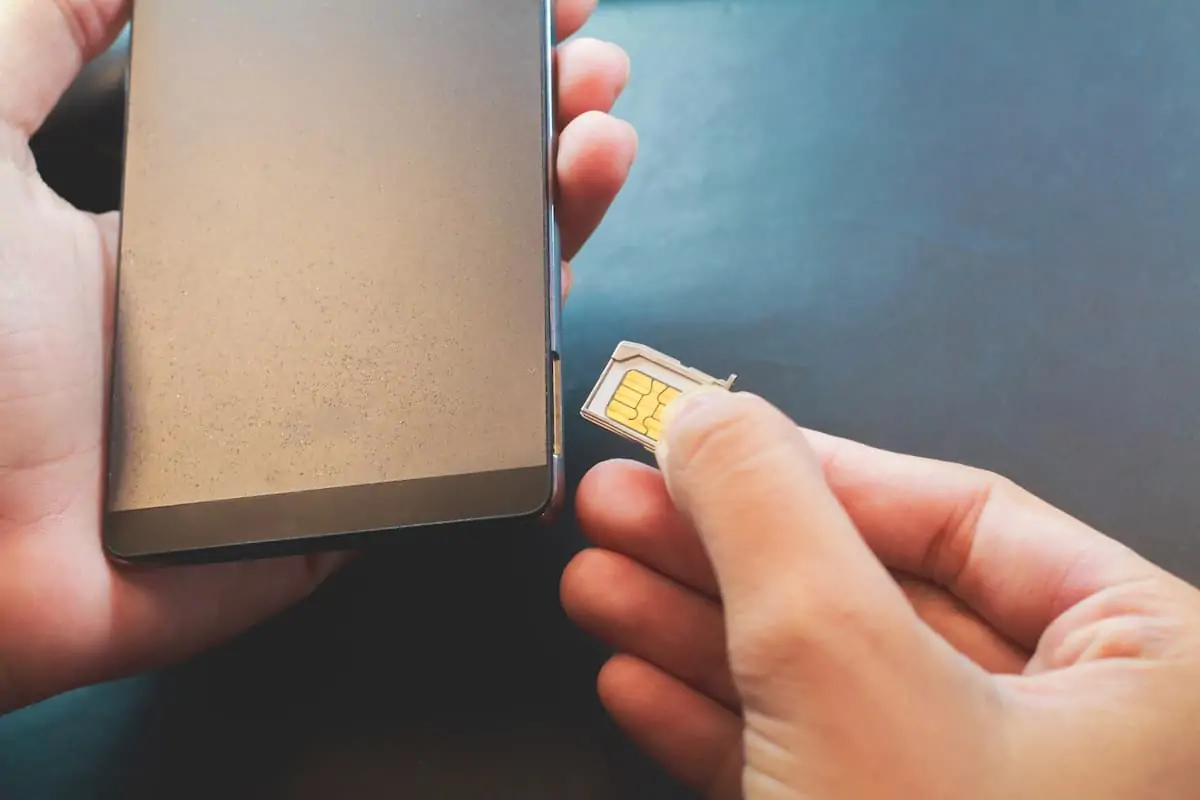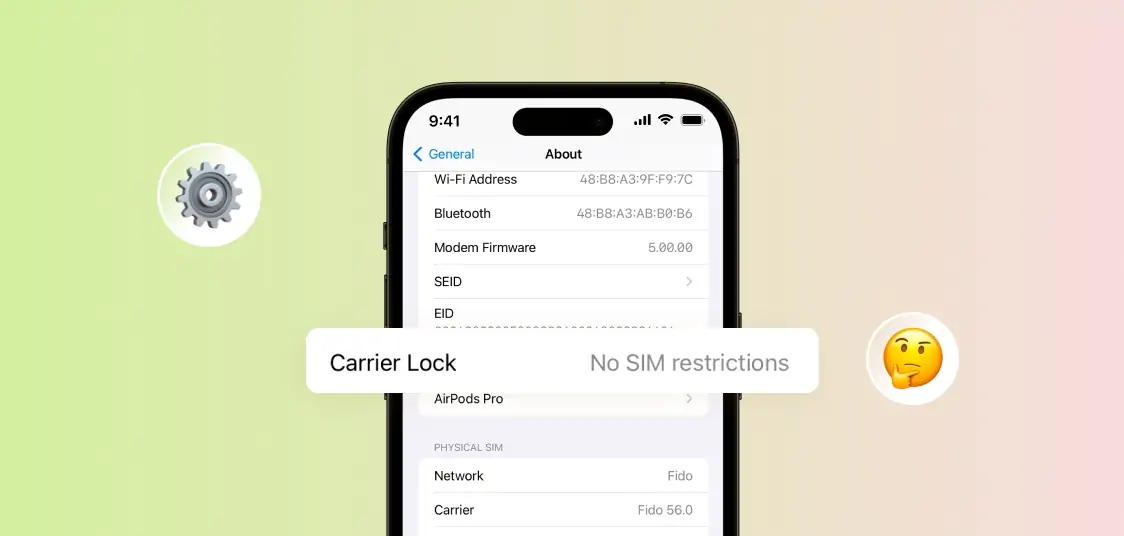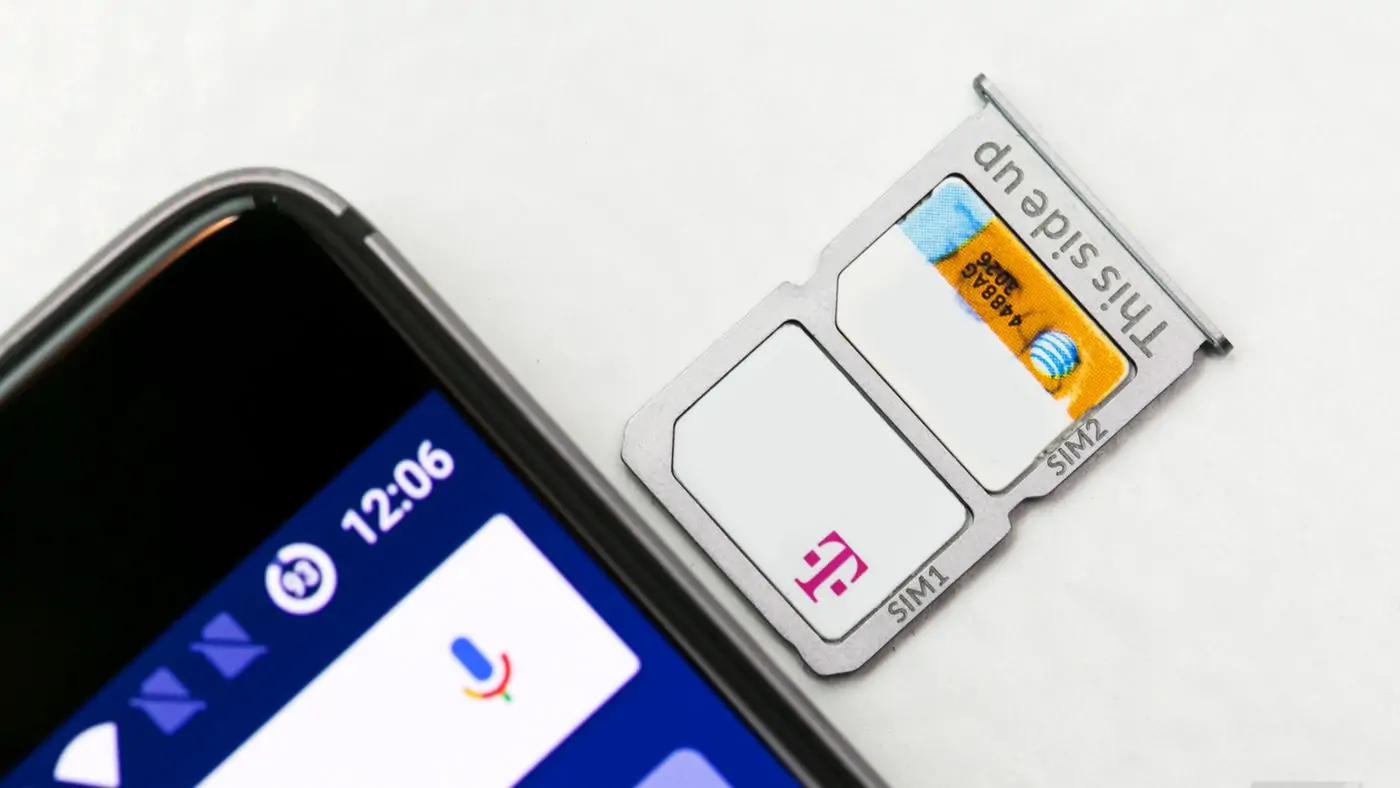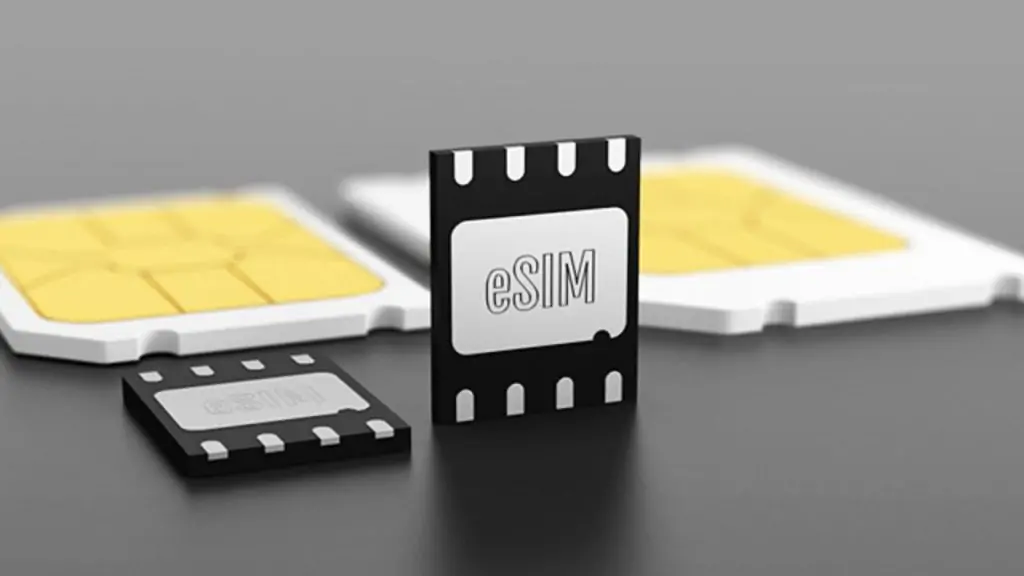SIM cards play a crucial role in the functioning of mobile devices. These small, removable chips enable connectivity to mobile networks, making it possible to make calls, send messages, and access the internet. Understanding network compatibility is essential for optimizing mobile device performance and ensuring seamless connectivity, especially for international travelers.
What is a SIM Card?
A SIM (Subscriber Identity Module) card is a small, removable chip used in mobile devices to store subscriber information and enable network connectivity. There are several types of SIM cards, including standard SIMs, micro SIMs, nano SIMs, and the more recent eSIMs. Each type varies in size and technology, but all serve the same fundamental purpose: to identify and authenticate the subscriber on the network.
How SIM Cards Work
SIM cards operate using embedded technology to store and manage subscriber information. When inserted into a mobile device, the SIM card communicates with the network, enabling the device to connect and function. The card stores essential data such as the subscriber’s phone number, network credentials, and other personalized settings, ensuring the user can access the mobile network seamlessly.
Types of Networks and Their Compatibility
Mobile networks come in various types, including GSM, CDMA, LTE, and 5G. Each network type has unique characteristics and compatibility requirements. SIM cards are primarily used in GSM and LTE networks, facilitating identification and authentication processes. Understanding the differences between these network types is crucial for choosing the right SIM card and ensuring optimal device functionality.
GSM (Global System for Mobile Communications)
GSM is the most widely used mobile network technology globally. It operates on multiple frequency bands and supports voice, SMS, and data services.
Key Characteristics:
- Uses SIM cards for subscriber identity
- Supports international roaming
- High call quality and stable connections
Steps to Ensure Compatibility:
- Verify the GSM frequency bands supported by your device
- Check the GSM bands used by your carrier
- Ensure your SIM card is activated and inserted correctly
CDMA (Code Division Multiple Access)
CDMA is another mobile network technology primarily used in the United States. It does not use SIM cards traditionally and is known for its robust security features.
Key Characteristics:
- Does not require SIM cards for authentication
- Offers strong encryption and security
- Efficient use of bandwidth
Steps to Ensure Compatibility:
- Confirm your device supports CDMA technology
- Contact your carrier to activate service on a CDMA network
- Follow carrier-specific instructions for device setup

LTE (Long-Term Evolution)
LTE is a standard for wireless broadband communication, providing high-speed data and improved network capacity. It is commonly referred to as 4G LTE.
Key Characteristics:
- Uses SIM cards for authentication
- Supports high-speed data transfer
- Compatible with a wide range of devices
Steps to Ensure Compatibility:
- Check if your device supports LTE bands used by your carrier
- Insert an activated LTE SIM card into your device
- Configure your device settings for optimal LTE performance
5G (Fifth Generation)
5G is the latest advancement in mobile network technology, offering significantly faster speeds, lower latency, and greater capacity than previous generations.
Key Characteristics:
- Uses SIM cards, often with upgraded security features
- Provides ultra-fast data speeds and low latency
- Supports advanced applications like IoT and smart cities
Steps to Ensure Compatibility:
- Ensure your device is 5G-capable
- Acquire a 5G SIM card from your carrier
- Update your device firmware to support 5G technology
Global Network Compatibility
Network compatibility is of utmost importance for international travelers. Ensuring your SIM card works with networks in different countries can save you from connectivity issues and excessive roaming charges. To determine compatibility, it’s essential to check the destination country’s supported frequency bands and network types. Solutions like dual SIM phones and international SIM cards can provide flexibility and ensure seamless global connectivity.
Understanding Network Compatibility
Importance of Network Compatibility
- Avoid connectivity issues
- Prevent excessive roaming charges
- Ensure seamless communication while traveling
Checking Frequency Bands and Network Types
- Research the destination country’s supported frequency bands
- Determine the network types (e.g., GSM, CDMA, LTE) used in the destination country
- Compare these with your device’s specifications

Steps to Ensure SIM Card Compatibility
- Check Device Specifications
- Identify your device’s supported frequency bands and network types.
- Refer to the device’s user manual or manufacturer’s website for detailed information.
- Research Destination Country’s Network Information
- Visit the telecommunications authority website of the destination country.
- Use online tools and databases that list international network compatibility.
- Consult Your Mobile Service Provider
- Contact your mobile service provider for information on international compatibility.
- Inquire about international roaming plans and charges.
- Consider Using Dual SIM Phones
- If you travel frequently, a dual SIM phone can be beneficial.
- Allows you to use a local SIM card while retaining your home number.
- Explore International SIM Cards
- Research and purchase international SIM cards designed for travelers.
- Ensure the SIM card covers the countries you plan to visit.
Carrier Locking and SIM Restrictions
Carrier locking occurs when mobile carriers restrict the use of a SIM card to their network, limiting its functionality with other carriers. This can inconvenience users who wish to switch carriers or travel internationally. Unlocking a SIM card involves legal and technical processes, allowing the user to use the SIM card with any compatible carrier. Understanding these aspects can help users make informed decisions about their mobile phones and network services.
Dual SIM Technology
Dual SIM phones offer the convenience of using two SIM cards simultaneously, providing flexibility in managing different networks and plans. This technology is particularly beneficial for travelers and users who need separate personal and work numbers. However, dual SIM phones may have drawbacks, such as potential battery drain and complex network management. Understanding how dual SIM phones handle network compatibility can help users maximize their benefits.
eSIM Technology
eSIM technology represents the latest advancement in SIM card technology. Unlike traditional SIM cards, eSIMs are embedded directly into the device’s hardware. This offers several benefits, including switching carriers remotely without needing a physical card. However, eSIMs have drawbacks, such as limited compatibility with older devices and networks. The impact of eSIMs on network compatibility is significant, as they simplify connecting to different networks and enhance the user experience.
Conclusion
Understanding SIM cards and their network compatibility is essential for optimizing mobile device performance and ensuring seamless connectivity. As technology evolves, staying informed about the latest developments in SIM technology and mobile networks can help users make the most of their devices. Users can confidently and easily navigate the mobile landscape by comprehending the various types of SIM cards, network compatibility issues, and advancements like eSIM technology.
